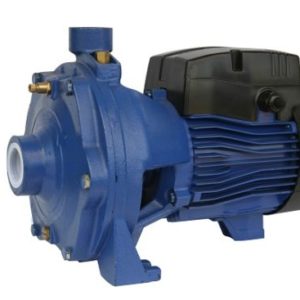-
×
 E - 1131 Hazardous Waste Identification
1 × $50.00
E - 1131 Hazardous Waste Identification
1 × $50.00 -
×
 E - 1115 Sharp-Crested Weirs for Open Channel Flow Measurement
1 × $75.00
E - 1115 Sharp-Crested Weirs for Open Channel Flow Measurement
1 × $75.00 -
×
 E - 1125 Centrifugal and Positive Displacement Pump Basics
1 × $75.00
E - 1125 Centrifugal and Positive Displacement Pump Basics
1 × $75.00
Subtotal: $200.00


 E - 1131 Hazardous Waste Identification
E - 1131 Hazardous Waste Identification  E - 1115 Sharp-Crested Weirs for Open Channel Flow Measurement
E - 1115 Sharp-Crested Weirs for Open Channel Flow Measurement  E - 1125 Centrifugal and Positive Displacement Pump Basics
E - 1125 Centrifugal and Positive Displacement Pump Basics 







